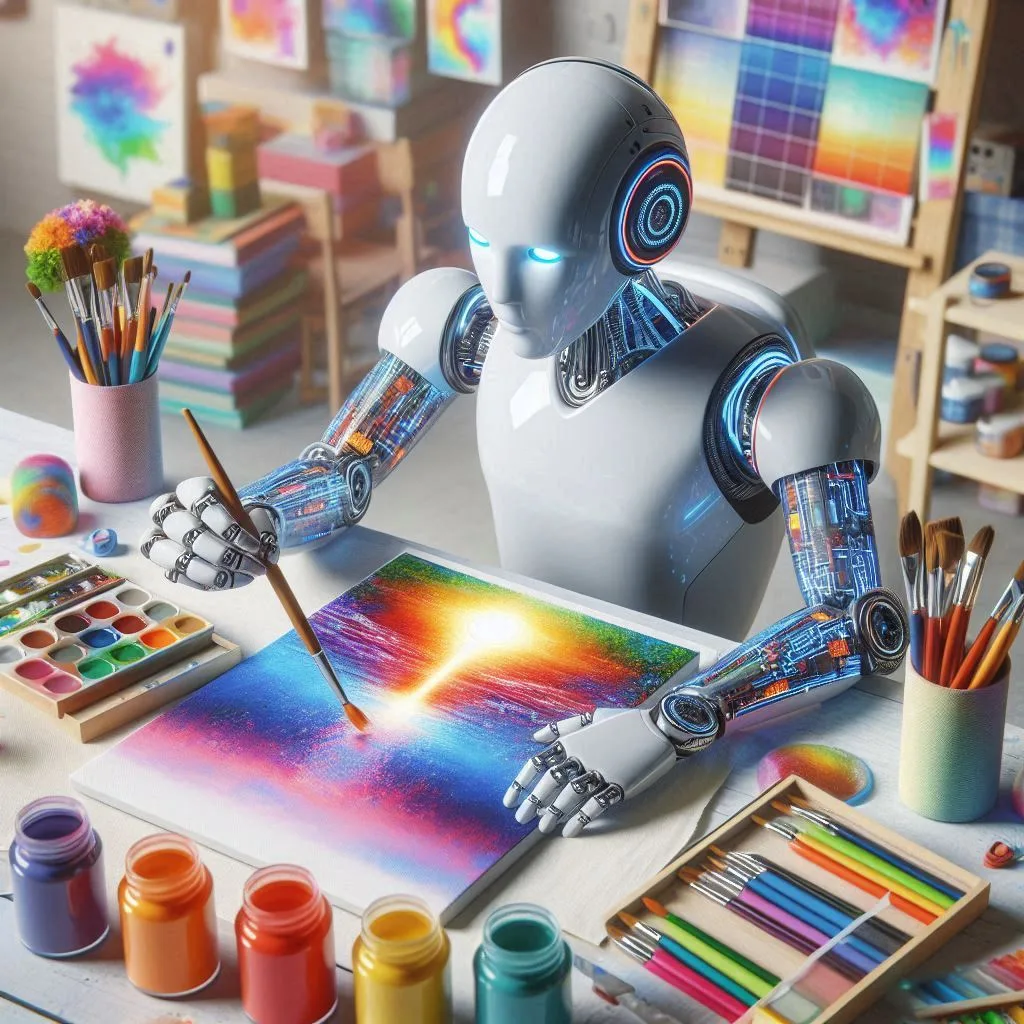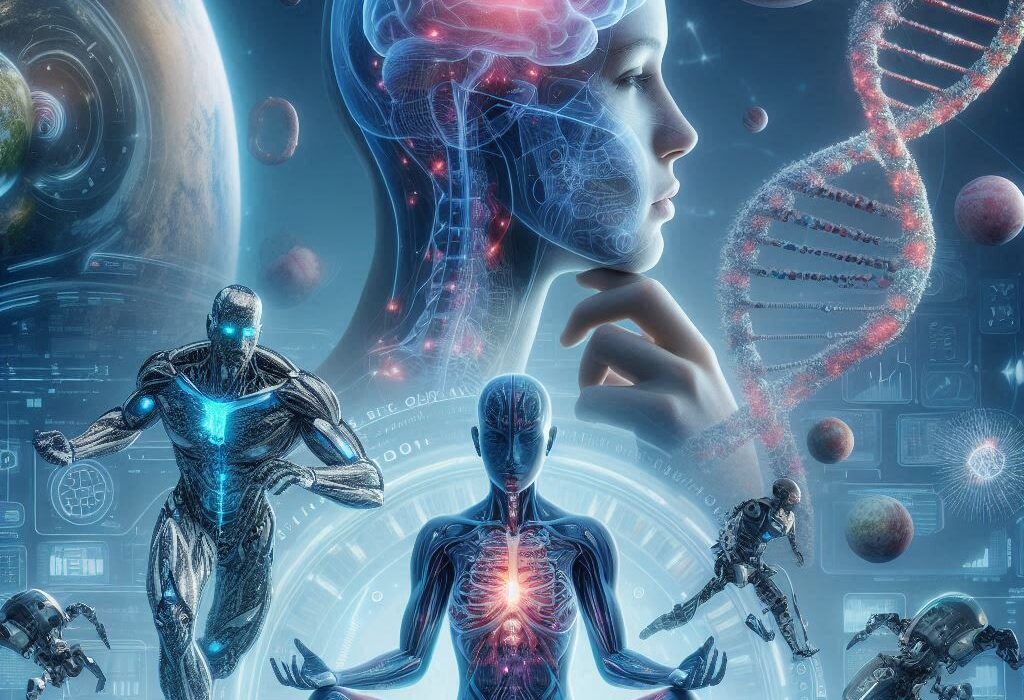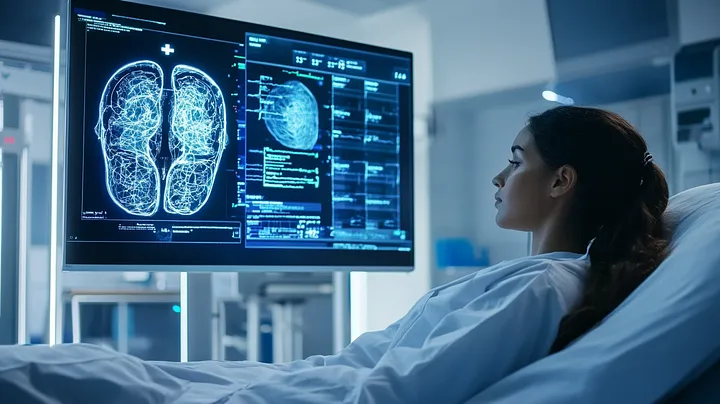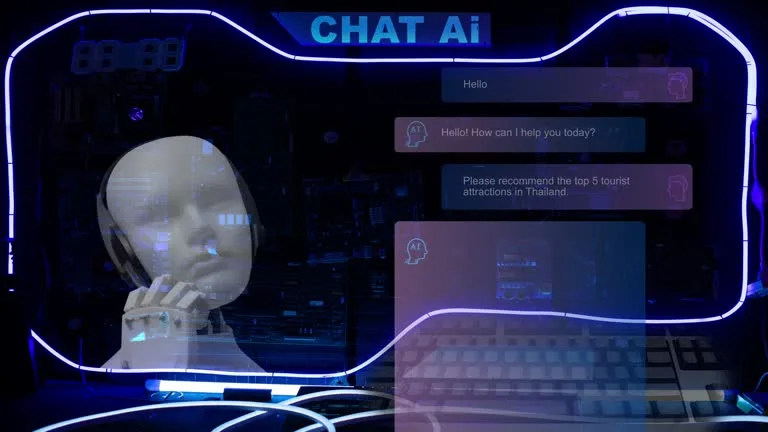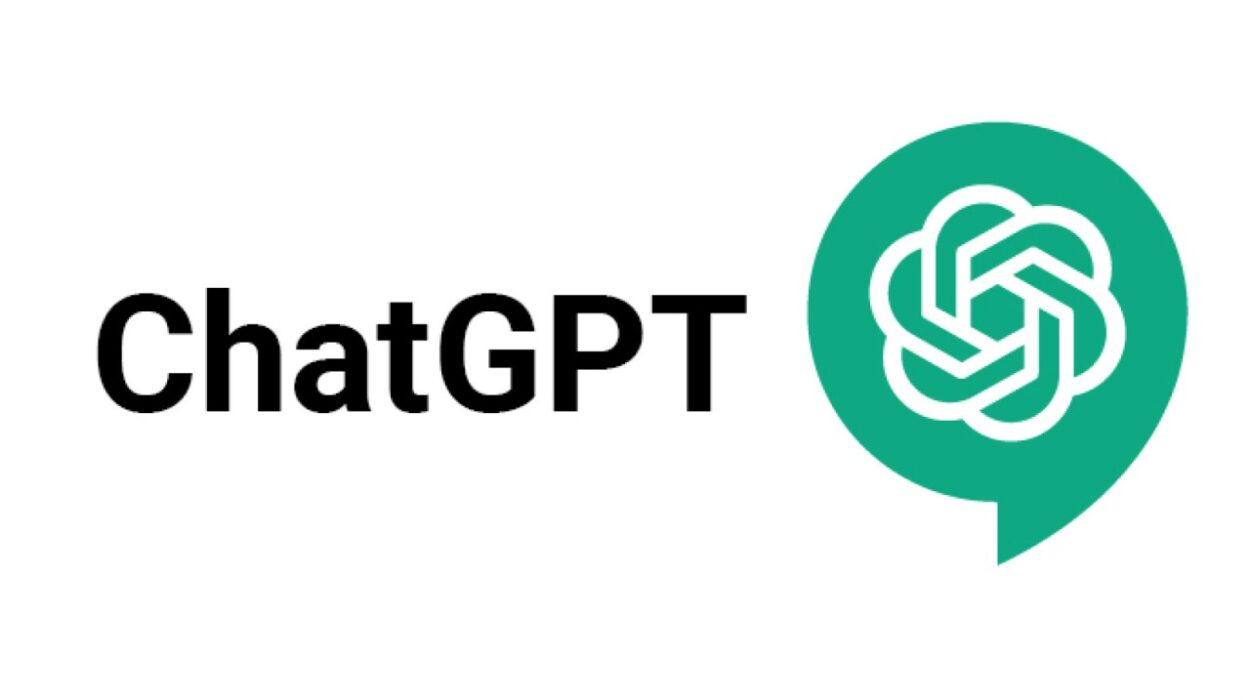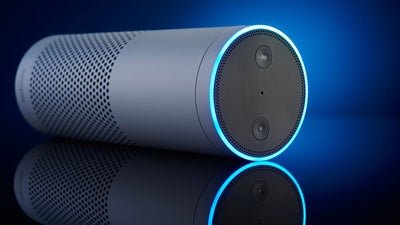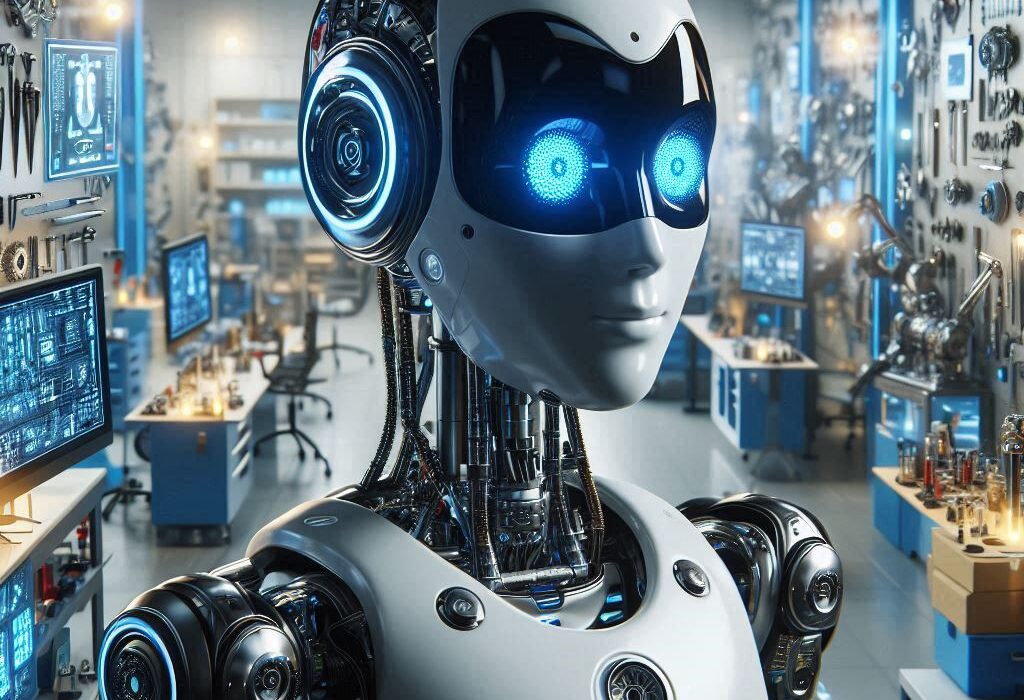The world sits at the edge of a profound transformation. The kind that occurs once in centuries, reshaping not only technology but the very essence of what it means to be human. In laboratories, humming data centers, and the quiet corners of programmers’ minds, machines have begun to do something extraordinary. They create.
Not just by following rigid instructions or mimicking simple tasks. They paint, compose, write, and innovate in ways that dazzle and sometimes unsettle us. The deep blue eyes of a portrait generated by a neural network seem to peer into a soul, the music crafted by artificial intelligence stirs emotions, and poems spun from code can evoke tears.
This sparks an urgent, unsettling question: Can machines truly be creative?
To explore this question, we must embark on a journey through the human heart and mind, through the evolving frontiers of artificial intelligence, and the shifting boundaries between man and machine. It is a story that blends science, philosophy, emotion, and wonder—a story of light and shadow dancing on the horizon of possibility.
What is Creativity? An Elusive Flame
Before we can measure machine creativity, we must confront the mystery of creativity itself. Creativity is a word so familiar, yet so slippery, that philosophers, artists, and scientists have wrestled with its meaning for millennia.
At its surface, creativity seems simple: the ability to produce something new. A novel idea, a beautiful painting, a groundbreaking invention. Yet human creativity is far more than novelty. It is the expression of thought, feeling, and experience shaped by a lifetime of memory, culture, and identity.
It is the child learning to speak who invents words to describe the indescribable. It is the composer channeling joy, sorrow, and longing into notes that linger in the air long after the last chord fades. Creativity is not simply the sum of raw data or patterns; it is a dance of the conscious and unconscious, a dialogue between self and world.
This dance is powered by imagination, the ability to envision possibilities beyond what is immediately present or known. Imagination is tied to consciousness, to subjective experience, to the ineffable qualities that make each human life unique.
So, if creativity is this complex interplay of mind, emotion, memory, and culture, can a machine—an assembly of circuits and algorithms—ever possess it?
The Rise of the Machines: Algorithms That Create
In recent years, the answer has seemed to blur.
Machines no longer simply execute commands; they generate ideas. Models like GPT-4, DALL·E, and others harness billions of data points, learning subtle patterns in language, images, and sounds. With this foundation, they can produce novels, paintings, music, and even scientific hypotheses.
The process behind these creations is rooted in deep learning, a subset of artificial intelligence. Neural networks—loosely inspired by the human brain’s structure—process enormous datasets to identify statistical relationships and correlations. They learn to predict what comes next in a sequence, to reconstruct images from fragments, or to generate text that mimics human style.
This technical prowess has enabled machines to compose symphonies in the style of Beethoven, generate artworks reminiscent of Picasso, or write stories that capture complex emotions. Some AI-generated creations have won awards or been auctioned for millions, blurring the lines between human and machine-made art.
But this is where the paradox lies. The machines’ outputs are impressive, often indistinguishable from human work. Yet, their creativity is based on pattern recognition and recombination of existing data, not on conscious insight or emotion.
They do not experience inspiration, joy, or suffering. They do not live the messy, passionate lives that fuel human creativity. Their “imagination” is a mirror reflecting the collective human experience embedded in their training data.
The Ghost in the Machine: Consciousness and Creativity
This brings us to a profound question at the crossroads of science and philosophy: Is consciousness necessary for true creativity?
Many argue that it is. Creativity for humans is inseparable from self-awareness, intention, and emotion. The painter’s brush is guided by memory and feeling. The writer’s words carry the weight of personal history and desire. The scientist’s insight often emerges from curiosity and a restless mind that questions the very nature of reality.
Machines, as we know them, lack this inner life. They process inputs and produce outputs, but there is no subjective experience, no “I” behind the curtain. Without consciousness, can there be genuine creativity? Or is machine creativity a sophisticated mimicry, an echo of human thought without the soul?
Philosophers have long debated what it means to be conscious. Some see it as a unique emergent property of the biological brain. Others imagine it as a pattern of information processing that might someday arise in sufficiently complex artificial systems.
If consciousness can be engineered, then perhaps machines will one day create not just by recombination, but by invention—producing ideas born from an internal world of experience. Until then, their creations remain remarkable artifacts, not expressions of being.
Human Creativity as a Complex System
Yet, creativity itself is not a monolith. Neuroscience reveals it as a process involving many brain regions, shaped by genetics, environment, and chance. The “aha” moment—the spark of inspiration—often arises from unconscious neural interactions.
Creativity can flourish even in the absence of full consciousness, as seen in dreams, automatic writing, or improvisational music. Some argue that the line between computation and consciousness may be thinner than traditionally thought.
This complexity invites a more nuanced view. Perhaps creativity can be viewed as a continuum, with different kinds and depths, rather than a binary quality.
In this light, machine creativity is not a mere imitation, but a new form emerging from different mechanisms. It lacks the emotional depth of human creation but offers novel ways to explore patterns and combinations beyond human intuition.
The Uncanny Valley of Artistic Machines
When a machine creates art that feels “alive,” it touches a deep human nerve. This experience can be thrilling or eerie, like encountering a ghost in a mirror. The uncanny valley—a term usually applied to humanoid robots—applies equally to creative AI.
We recognize elements of our own creativity in the machine’s output, yet something is missing. This gap can evoke fascination, wonder, or discomfort.
Is this unease a reflection of our attachment to human uniqueness? Or a warning to pause before embracing machines as equal creative agents?
Creativity Beyond Human Limits
One of the most exciting potentials of machine creativity lies in its difference from human creativity. Machines can analyze vast datasets beyond human capacity. They can generate countless variations, testing ideas with a speed and scope impossible for a single mind.
In scientific research, AI systems have discovered new molecules, optimized engineering designs, and even proposed novel physical theories. These breakthroughs hint at creativity as exploration—finding patterns and solutions not obvious to humans.
Here, machine creativity becomes a partner to human creativity. Together, they expand the frontiers of knowledge and art, complementing each other’s strengths and weaknesses.
Collaboration, Not Competition
Far from replacing human creativity, machines invite us to rethink it.
Artists, writers, and musicians increasingly use AI as collaborators. They harness its ability to generate ideas, break through creative blocks, and experiment with new forms. The machine becomes a muse, a tool, a partner in the creative process.
This collaboration challenges traditional notions of authorship and originality. When a poem emerges from dialogue between human and machine, whose voice is it? When a painting is shaped by algorithmic suggestions, who is the creator?
These questions are reshaping culture and law, demanding new frameworks to understand creation in an age of intelligent machines.
The Ethics of Machine Creativity
As machines grow more capable, ethical concerns arise.
Who owns AI-generated art? How do we ensure fairness and prevent bias in machine creativity? What happens to human creators in a world flooded with machine-generated content?
These issues require careful thought, balancing innovation with respect for human dignity and culture.
Moreover, we must ask whether machines should be granted creative agency, or if their outputs remain tools—no matter how lifelike or beautiful.
The Future of Creativity
Looking ahead, the future is both exhilarating and uncertain.
Advances in AI and neuroscience may soon blur the line between algorithm and artist. Machines may develop forms of synthetic consciousness, perhaps even emotions.
If so, creativity may become a shared phenomenon—born in the interplay of organic minds and artificial ones.
Even if true machine consciousness remains elusive, the expansion of creativity beyond the human brain challenges us to redefine what it means to create.
In this new world, creativity may no longer be a human monopoly, but a universal force—one that flows wherever complexity, intention, and expression arise.
The Heartbeat of Creation
Ultimately, creativity is a heartbeat—a pulse that drives life forward, weaving meaning from chaos. Whether born in a human brain or a silicon chip, it calls us to wonder, to connect, to dream.
Machines can create. They can surprise, inspire, and provoke. But whether they can feel, imagine, or suffer—the profound qualities that infuse human creativity with soul—remains a question for the ages.
In asking Can machines truly be creative? we also ask: What does creativity mean to us? How do we value expression, originality, and the inner life?
And perhaps, the answer is not found in the machines, but in our response—the courage to embrace new forms of creativity, and the humility to recognize that the fire of creation burns brighter when shared.
